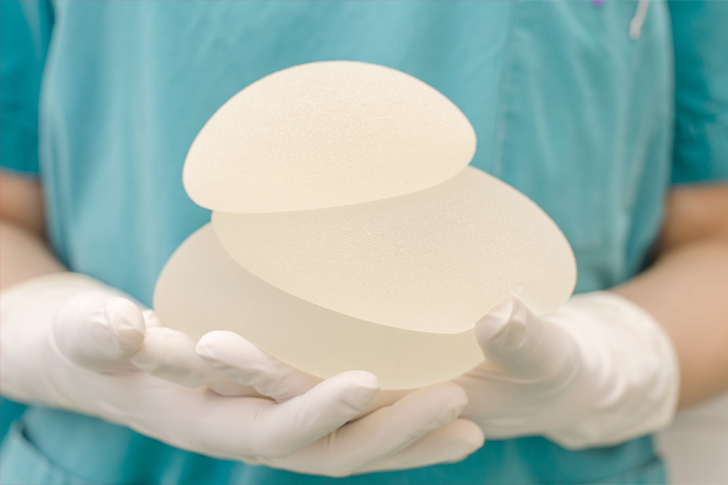Understanding the Cost of Breast Implants
If you’re considering breast implants, understanding all the associated costs is crucial for making an informed decision. Breast augmentation, one of the most popular cosmetic procedures globally, involves significant financial and emotional considerations. This article delves into the various cost components of breast implants, including the surgery itself, potential additional expenses, and factors influencing the overall price.

The Basic Cost of Breast Implants
The primary expense in breast augmentation is the cost of the implants themselves. Generally, there are two main types of breast implants: silicone and saline. According to 2021 data from the American Society of Plastic Surgeons, the average cost of breast augmentation was about $4,516. This figure, however, only represents part of the total expense. It typically excludes other significant costs such as anesthesia, operating room facilities, and other related expenses.
Additional Costs to Consider
Beside the basic cost of the implants, several additional expenses must be considered. These include:
Anesthesia fees: Depending on the duration and complexity of the surgery, anesthesia can cost between $600 and $1,200.
Surgical facility costs: Hospital or surgical facility costs vary widely but can range from $700 to $3,000, depending on geographical location and facility type.
Medical tests: Pre-surgical medical tests, which are necessary to ensure your safety during the operation, can add up in costs.
Post-surgery garments: Special garments needed post-surgery can also add to the total cost.
Prescriptions for medication: Postoperative medications, which are crucial for pain management and infection prevention, must also be factored into the budget.
Medical exams: Postoperative follow-up exams ensure recovery is on track and should be considered in the overall budget.
Revision surgeries: In some cases, additional surgeries may be required to adjust or correct the primary augmentation, increasing the total expense.
The sum of these additional costs can substantially increase the overall financial impact of the procedure, often making the surgery more expensive than many initially anticipate.
Factor Influencing the Cost
A variety of factors can influence the cost of breast implants, including:
Type of Implants: Silicone implants are typically more expensive than saline ones. In the U.S., silicone implants can cost approximately $1,000 to $1,500 more than saline.
Surgeon’s Skill and Reputation: Highly experienced and well-regarded surgeons often charge more for their services. The expertise comes at a premium, which can be a worthwhile investment in terms of results and safety.
Geographical Location: Costs can vary significantly depending on where you live. Major cities like New York or Los Angeles, known for their high cost of living, typically have higher surgery costs compared to smaller towns.
Understanding these factors can help you better budget for your surgery and avoid any unexpected financial surprises.
Is Financing Available?
Yes, financing is an option for breast augmentation. Many practices offer payment plans, and there are medical credit companies that specialize in financing cosmetic surgeries. Some popular options include CareCredit and Alphaeon Credit, which offer various payment plans at different interest rates. It’s important to carefully understand the terms of financing, including interest rates and payment terms, to ensure it fits within your financial plan.
Long-term Costs
It’s important also to consider the long-term costs associated with breast implants. Implants may not be a one-time cost as they can require replacement after a certain number of years or if complications occur. The FDA suggests that silicone implants should be checked via MRI three years after insertion and every two years thereafter, to check for silent ruptures. Additionally, any replacement or corrective surgeries can add to the long-term cost.
Understanding the full range of costs—initial and ancillary, as well as potential long-term expenses—is vital for anyone considering breast implants. This knowledge helps in making an informed, financially sound decision regarding one’s body and health.
Conclusion
In conclusion, while the decision to get breast implants can be exciting, it entails a significant financial commitment. Being well-informed about the various costs involved can help you budget appropriately and avoid unexpected financial burdens. Consider all factors and possible future expenses when planning your surgery, and consult with multiple surgeons to better understand the potential total cost of your procedure.







Recent Comments